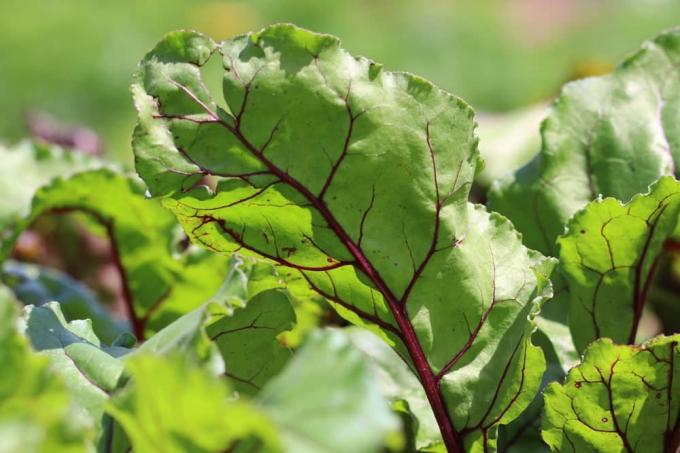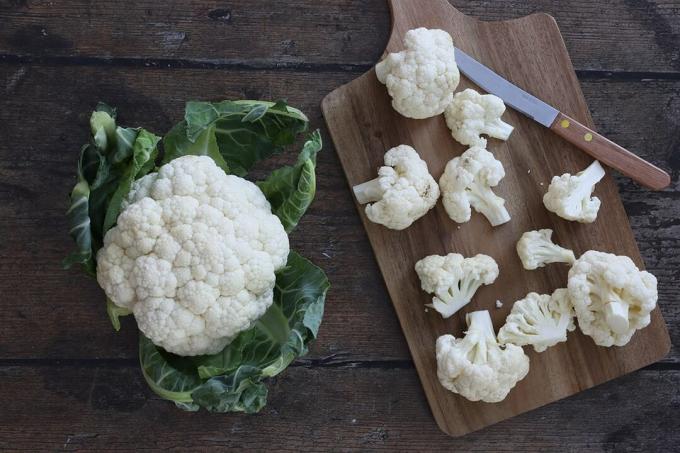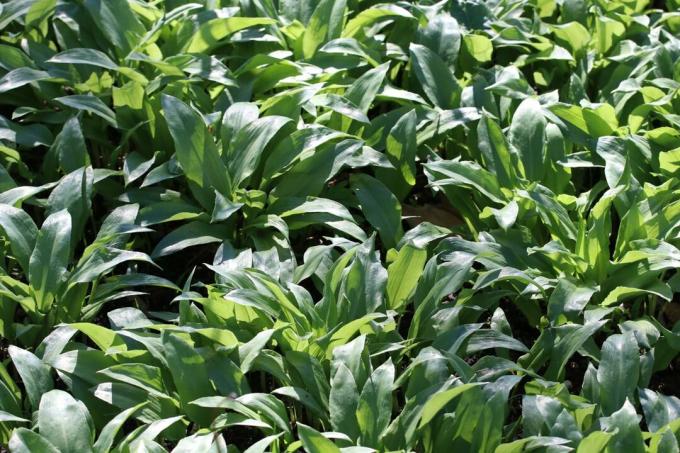

Table of contents
- Main harvest time is in autumn
- Harvest baby beets four weeks earlier
- Harvest Instructions
- Tips for a long shelf life
- Conclusion
With its juicy, red tubers, the beetroot promises mild, aromatic vitamin enjoyment in autumn and winter. So that the classic winter vegetables taste just as good fresh from the bed as they do after a long period of storage, professional harvesting is essential. Each use requires a specific state of maturity, resulting in the best harvest time. In order for your home-grown beetroot to be served in premium quality, important criteria must be observed for the harvest. This guide explains when and how to properly harvest beets.
Main harvest time is in autumn
When the days are noticeably shorter at the end of October/beginning of November and the first frosty nights are approaching, the time window for the harvest opens. The longer beetroot stays in the ground, the longer the tubers will keep. However, looking at the calendar and thermometer is not enough to determine the ideal harvest date. The plant itself signals that it is now mature with the following characteristics:
- 12 to 16 weeks have passed since sowing
- The leaves turn yellow and are covered with spots
In order to get beetroot with the best taste, the tubers have no or only a few white rings at the best harvest time. This criterion applies above all to varieties with round tubers, as there are often no white stripes at all on oblong beets.
Harvest baby beets four weeks earlier
Beetroot in mini format are very popular with young and old for mildly aromatic fresh consumption. While the mighty beets still have at least 4 weeks to ripen in the ground, baby beets can be harvested as early as the end of September/beginning of October. You can pull the small, red tubers from almost any variety.
Sown in June/July, they are already mature after a cultivation period of 10 to 12 weeks. With a size of 4 to 5 cm, the tiny ones are processed whole or nibbled fresh from the bed. The only downside to growing baby beets is that they cannot be stored. The small, red turnips make up for this with an extra tender consistency.
Tip:
Beets should not be grown in close succession in the same location. If you have harvested the bed, please take a cultivation break of at least 3 years before planting beets in the ground again at this point.
Harvest Instructions
– how to do it right –

Since beetroot tends to store large amounts of nitrate, this characteristic is already taken into account during cultivation with a low-nitrogen nutrient supply. By proceeding with the harvest in stages, you make a further, valuable contribution to reducing the nitrate content in each individual beetroot. That is how it goes:
- In the early morning of the harvest date, only slightly lift the tubers with the digging fork
- Be careful not to tear off all the roots and damage the shell
- Carefully lift all the beets out of the ground in the afternoon
- Twist or cut off the leaves
- Only leave the heart leaves to protect the pulp from drying out
- Do not cut off the main root of storage beets
Avoid the risk of damaging the skin and causing a beetroot to bleed with an alternative harvesting technique. You grasp the withered leaves with your hand and pull the beets out of the ground. Again, remove all foliage except for the heart leaves, leaving the large root at the bottom for storage.
Tip:
With nettle and comfrey manure you stimulate the growth of beetroot. As soon as the tubers form, fertilize every 2 to 3 weeks with the rich plant manure, which is previously diluted with water at a ratio of 1:10.
Tips for a long shelf life
The best harvest time and the harvesting technique recommended here have a beneficial effect on the shelf life of beetroot. If the juicy, aromatic winter vegetables are also given an adequate storage space, the tubers enrich the local menu well into spring. How to properly store beetroot:
- A dark, cool room with high humidity is ideal
- Beets are stored in a box with sand or peat
- Wrap in a damp cloth in the fridge and place in the vegetable drawer
Do you still have space in the freezer? Then peel the tubers, cut the pulp into pieces to cook for 25 minutes. After cooling, freeze the beets so that they can be stored for up to 12 months.
Conclusion
Without beetroot, the winter menu would be colorless and have fewer vitamins to offer. In order for the juicy and aromatic winter vegetables to bring the hoped-for pleasure to the plate, it is important that they are harvested professionally and at the best possible time. Since the red treasures develop underground, various criteria for the best harvest time must be taken into account. 3 to 4 months should have passed since the summer sowing and the first frost should have been announced. Withered and yellowed leaves give a visual signal that the beets are now ripe. You can dig up the vitamin-rich tubers with a digging fork or simply pull them out of the ground by the leaves. If you don't want to wait until the main harvest at the end of October/beginning of November, grow Baby Beets so that you can eat them fresh 4 weeks beforehand.
 Home editorial office
Home editorial office
Learn more about harvesting & storing vegetables

Cut onions without tears: 9 tips & tricks
Cutting onions is a chore because the hot juice stings your eyes so much that tears come after a short time. This article explains how to avoid this.

When are cucumbers ripe? | Harvest time info
It is the (delicious) must for every vegetable garden: the cucumber! If the location and care are right, the fruits ripen at breathtaking speed. Therefore, every gardener must be careful not to miss the optimal harvest time. But when exactly are the different cucumbers ripe?

Harvesting and storing cucumbers correctly: instructions
Cucumbers are a popular and refreshing summer vegetable that is particularly common in the home garden. But what should be considered when harvesting outdoor and salad cucumbers? We will show you how to properly harvest cucumbers.

Store cauliflower properly - 6 tips for storage
Cauliflower is one of the most popular foods due to its fine taste and healthy ingredients. Because it's not a typical stored vegetable, proper storage is essential to preserve nutrients and flavor.

The ideal harvest time for wild garlic: all information
In spring it's that time again: The popular wild garlic can finally be harvested. Read here when the best harvest time is and how you can best harvest wild garlic!

Storing carrots | 7 tips for overwintering carrots
Fresh vegetables from your own garden is generally something wonderful. Carrots shouldn't be missing either. They cannot be compared to those from the supermarket. There are early, mid-early and late-ripening varieties and not all are suitable for storage.


